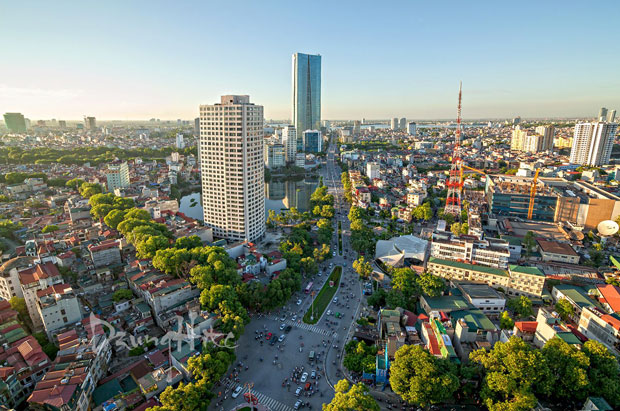With substantial supply in the mid and high-end segments, the residential index for Ho Chi Minh City in August increased significantly against August 2016, according to the Savills Property Price Index (SPPI) report.

The index reached 93 points in the second quarter, an increase of 1 point quarter-on-quarter and unchanged year-on-year. Sales of approximately 11,700 units were up 36 per cent quarter-on-quarter and 68 per cent year-on-year, for a five-year high.
Grade C continued to perform well, with 62 per cent of total transactions. Grade B sales were over 4,200, a significant 35 per cent quarter-on-quarter and 24 per cent year-on-year increase.
The office index in the second quarter was 89 points, up 2 points quarter-on-quarter and 7 points year-on-year. Improvements were a result of 4 per cent quarter-on-quarter and 5 per cent year-on-year rent increases.
Total office take-up was 25,500 sq m, up 477 per cent quarter-on-quarter and 79 per cent year-on-year. Grade A had the highest quarterly take up for two years, of over 19,000 sq m.
Meanwhile, in Hanoi, the residential index was 106.1 points in the second quarter, down 1 point quarter-on-quarter and 2 points year-on-year. The average selling price was $1,209 per sq m. Increasing secondary supply is causing segment prices to ease a little. Grade A primary prices also decreased with new projects offering under-average prices.
In the second half of this year, approximately 23,500 units from 45 projects will come online. Affordable residential projects with well-rounded facilities are forecast to attract the most buyer interest.
The office index moved up to 65.2 points, gaining 2.2 points against the first quarter and 5.8 points year-on-year, mainly due to 3.7-point quarter-on-quarter and 7.4-point year-on-year occupancy increases.
In particular, the non-CBD index steady upward trend continued, rising 2.2 points quarter-on-quarter and 7.6 points year-on-year as occupancy increased 3.7 points quarter-on-quarter and 8.6 points year-on-year.
No new CDB supply over the next two years will likely ease pressure and see average rents increase. The surge of new supply in non-CBD areas is providing occupiers with more choice and pressuring developers to adjust asking rents to more competitive levels.
VN Economic Times